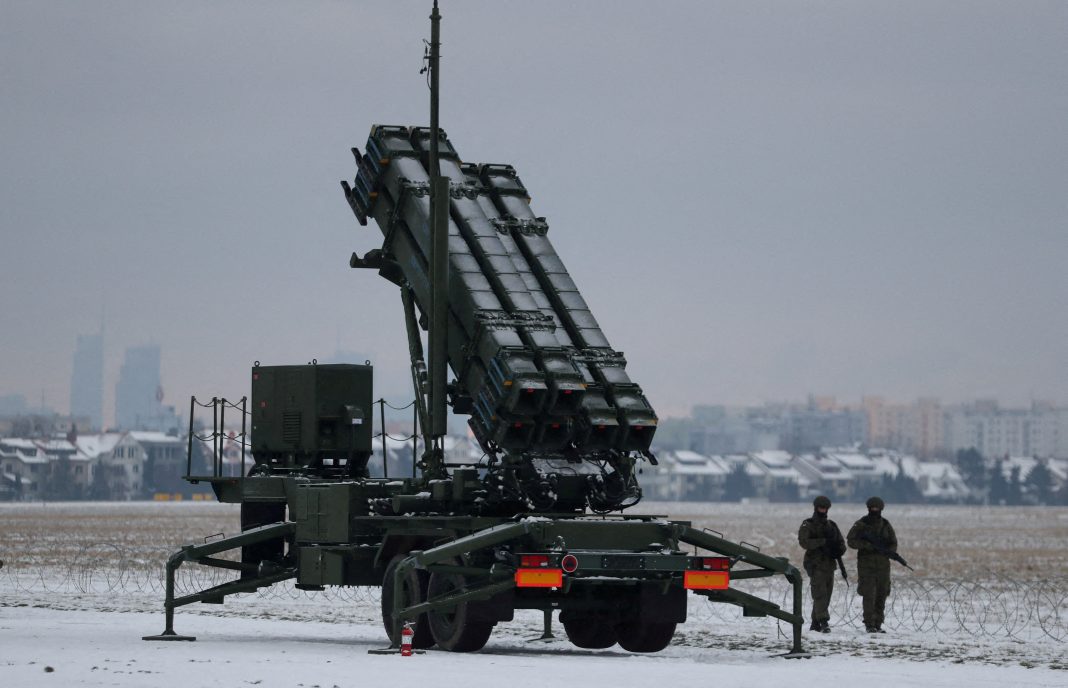
DM Monitoring
WASHINGTON: The Russian invasion of Ukraine in 2022 is starting to boost defense contractors’ revenues, as customers such as the U.S. government restock supplies shipped to Ukraine and countries around Europe arm themselves with an eye on Moscow’s aggressions.
U.S. defense contractors such as Lockheed Martin (LMT.N), General Dynamics (GD.N) and others expect that existing orders for hundreds of thousands of artillery rounds, hundreds of Patriot missile interceptors and a surge in orders for armored vehicles expected in the months ahead will underpin their results in coming quarters.
New contracts to supply Ukraine directly – or backfill U.S. weapons sent to Ukraine – were signed late last year, and now revenue is flowing to the big defense contractors. Lockheed, General Dynamics and RTX (RTX.N) all reported better than expected results over the past several days, and executives expect both the conflict in Ukraine and Israel’s war with Palestinian militant group Hamas to drive up near-term demand.
“We’ve gone from 14,000 (artillery) rounds per month to 20,000 very quickly. We’re working ahead of schedule to accelerate that production capacity up to 85,000, even as high as 100,000 rounds per month,” Jason Aiken, General Dynamics’ chief financial officer, said on a call with Wall Street analysts on Wednesday.
“And I think the Israel situation is only going to put upward pressure on that demand.”
The General Dynamics’ Combat Systems unit, which makes armored vehicles, tanks and the artillery Ukraine uses, saw its revenue rise almost 25% versus the same period a year ago.
RTX, which makes AMRAAM rockets used in Ukraine, said on Tuesday’s earnings call with Wall Street analysts it has received $3 billion of orders since Russia’s February 2022 invasion that are related to replenishing Ukraine and U.S. war stocks, and the company expects more.
Third-quarter sales for Northrop Grumman’s (NOC.N) Defense Systems segment rose 6% on high demand for ammunition and rocket motors used in guided multiple-launch rocket systems (GMLRS), which play a crucial role in supporting Ukraine’s defense efforts against Russian forces.
This is part of a global trend. Sweden’s Saab (SAABb.ST) raised its full-year sales outlook on Thursday on the back of strong defense demand and Germany’s Rheinmetall (RHMG.DE) said third-quarter profit jumped on strong demand for weapons and ammunition.
During his latest request for $106 billion in new funds for Ukraine, Israel, the Indo-Pacific region and border enforcement, U.S. President Joe Biden on Oct. 20 said some of the supplemental request would go to companies that backfill production of U.S. weapons sent abroad. Biden mentioned Patriot missiles made in Arizona, and “artillery shells manufactured in 12 states across the country,” naming Pennsylvania, Ohio and Texas.
To be sure, executives from several defense firms at a recent trade show cautioned that a lack of skilled labor and supply chain issues continue to hamper companies’ capacity to fill orders.
“The supply chain, to be completely candid with you, remains, and I think we expect to remain what I call fragile,” General Dynamics’s Aiken said on the earnings call, as the company said it was cutting its forecast for 2023 business jet deliveries. “I don’t think that’s going to get back to what we saw pre-pandemic for the foreseeable future.”
Lockheed on Oct. 17 said supply and labor disruptions are affecting divisions like aeronautics, which makes the advanced F-35 fighter jet, due to the need for processor assemblies, solid-rocket motors, castings and forgings.


